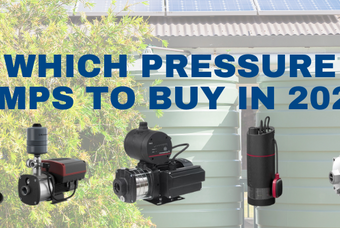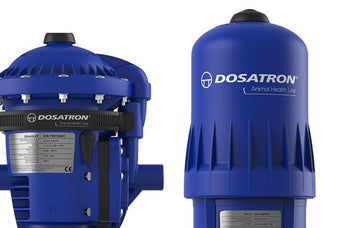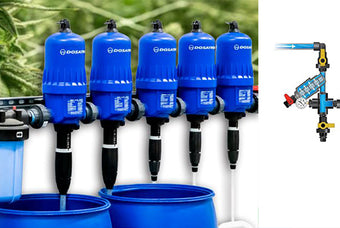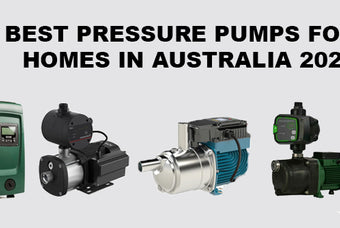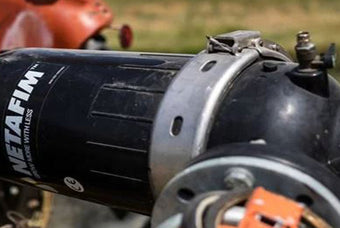In the world of water pumps, there are several types available to cater to different needs and applications. Among the popular options are variable speed pressure pumps, jet pumps, and multistage pumps. Each of these pumps has its unique features and advantages. In this blog post, we will explore the differences between these pumps and discuss their positives and negatives to help you make an informed choice for your specific requirements.
VARIABLE SPEED PRESSURE PUMPS
A variable speed pressure pump, also known as a variable frequency drive (VFD) pump, offers the ability to adjust the pump's motor speed to control the water pressure. Here are the positives and negatives of using a variable speed pressure pump:
Positives:
- Energy Efficiency: Variable speed pumps can save energy by running at lower speeds when the water demand is low, resulting in reduced electricity costs.
- Constant Pressure: These pumps can maintain a consistent water pressure by automatically adjusting the motor speed to meet the demand, providing a reliable water supply.
- Extended Lifespan: Since the pump operates at lower speeds during periods of low demand, it experiences less wear and tear, leading to a longer lifespan.
Negatives:
- Initial Cost: Variable speed pressure pumps are generally more expensive upfront compared to other types of pumps due to their advanced technology.
JET PRESSURE PUMPS
Jet pumps are widely used for residential applications, particularly in shallow wells. They create suction to draw water and operate using the Venturi effect. Let's explore the positives and negatives of jet pumps:
Positives:
- Simplicity: Jet pumps are relatively simple in design, making them easy to install and maintain.
- Cost-Effective: Compared to other pumps, jet pumps are often more affordable, making them a popular choice for budget-conscious homeowners.
- Versatility: Jet pumps can be used in various applications, including shallow wells, water storage tanks, and irrigation systems.
Negatives:
- Limited Depth: Jet pumps are not suitable for deep wells due to their reliance on suction, which becomes less effective at greater depths.
- Reduced Efficiency: These pumps tend to be less energy-efficient compared to other types, resulting in higher electricity consumption.
- Loud: Jet pumps are significantly louder compared to other pump styles
- Longevity: Jet pumps simply don't last as long as other pump styles
MULTISTAGE PRESSURE PUMPS
Multistage Pump: Multistage pumps consist of multiple impellers arranged in series, enabling them to generate high pressure. These pumps are commonly used in industrial and commercial applications. Let's discuss their positives and negatives:
Positives:
- High Pressure: Multistage pumps are designed to deliver high pressure, making them suitable for applications that require substantial water pressure, such as tall buildings or industrial processes.
- Efficiency: These pumps are known for their high efficiency, reducing energy consumption and operating costs.
Negatives:
- Cost: Multistage pumps tend to be more expensive compared to other types, mainly due to their construction and capability to handle high pressures.
- Maintenance: The complexity of multistage pumps may require specialized maintenance, and repairs can be more challenging compared to other pumps.
Choosing the right water pump depends on your specific requirements and application. Variable speed pressure pumps offer energy efficiency and consistent pressure, while jet pumps provide simplicity and cost-effectiveness for residential applications. Multistage pumps excel in high-pressure situations but may come with a higher price tag. Evaluate the positives and negatives of each pump type to make an informed decision that aligns with your needs and budget.

